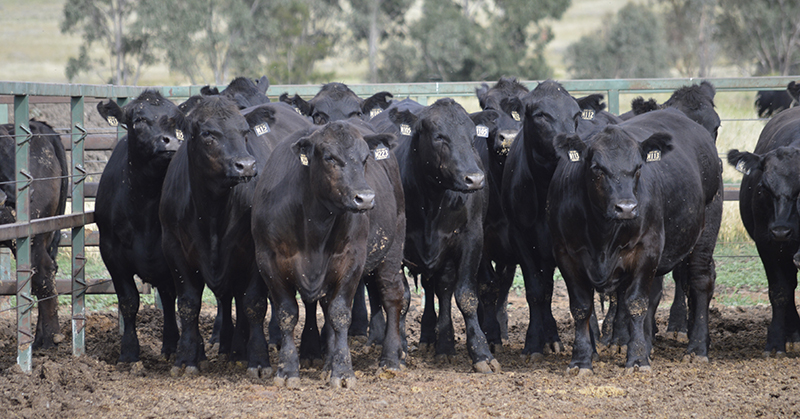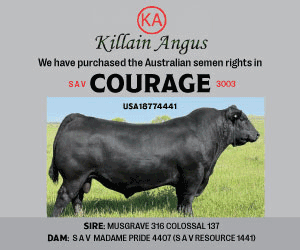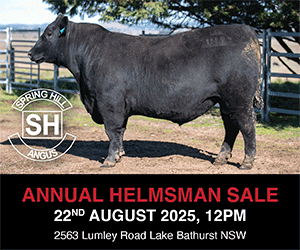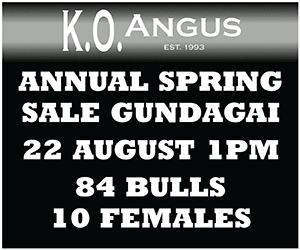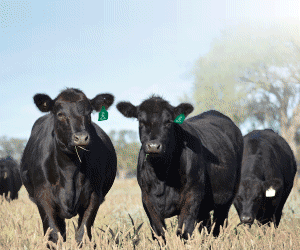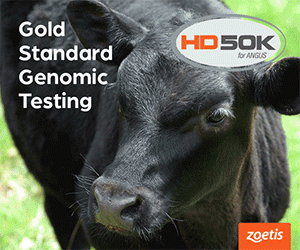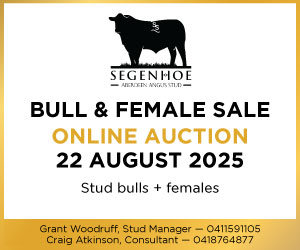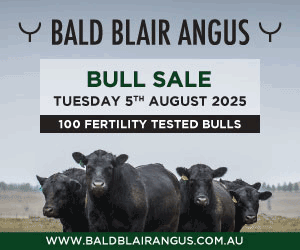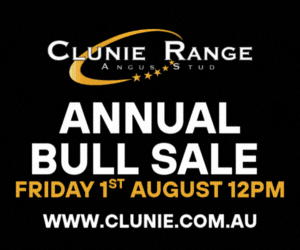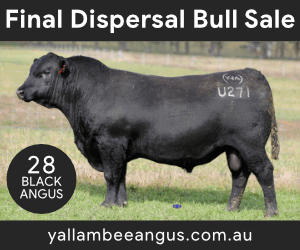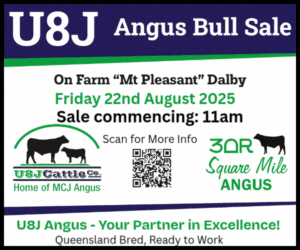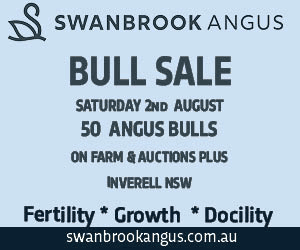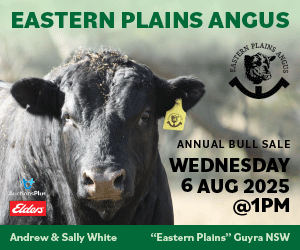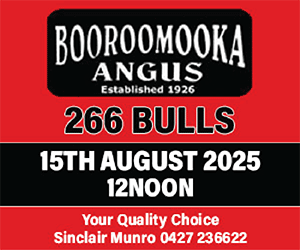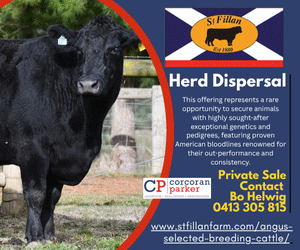The future looks bright for the Research Breeding Value (RBV), ImmuneDEX, as the ability to calculate the breeding value based on genomic predictions, rather than just those with immune response phenotyped progeny, has seen the number of sires with published RBVs significantly increase.
The Spring 2020 Angus CONNECT R & D Update saw Angus Australia’s Breed Development Officer, Matt Reynolds explore the recent updates that have been made to ImmuneDEX.
Mr Reynolds opened the presentation with, “The result of long term collaboration between Angus Australia and CSIRO, ImmuneDEX is a research breeding value that provides an estimate of the genetic difference between animals for overall immune competence, a key component of resilience.”
The immune system tailors how it responds to different infectious agents, with individuals identified as having a balanced ability to mount both an antibody-mediated and cell-mediated immune response being expected to exhibit a broad disease resistance against a wide range of pathogens.
“For this reason, an index value (ImmuneDEX) was developed which combines research breeding values for the cell-mediated immune response and antibody-mediated immune response into a single value” said Mr Reynolds.
This approach for generating ImmuneDEX values ensures appropriate weightings are given to component traits so that high ImmuneDEX animals have a balanced response, and genetic gains in both traits are driven at similar rates.
Both cell-mediated immune response and antibody-mediated immune response are moderately heritable, being comparable to heritabilities associated with weight and carcase traits.
“Angus Australia has now collected immune response phenotypes on over 4,000 Angus steers and heifers as part of the Angus Sire Benchmarking Program and the recent update to the ImmuneDEX RBV has seen an additional 655 immune response phenotype records collected for the progeny by sires in cohort 8 of the ASBP” Mr Reynolds explained.
“Angus Australia will continue to collect immune competence phenotypes, that’s the antibody mediated and cell mediated immune response phenotypes, as part of the Angus Sire Benchmarking Program to further inform the breeding values calculation and enhance the genomic prediction of the traits”, added Mr Reynolds.
Previously sires needed progeny to be phenotyped, in order to have the RBV calculated, meaning the initial release of RBVs was limited to 165 sires. These sires also met the minimum reportable accuracy of 25%.
The RBVs have now been calculated on all ASBP sires (Cohorts 1 to 9) based on genomic predictions, rather than just those with immune response phenotyped progeny.
“The additional data and enhanced modelling has seen a greater spread in the RBVs and a modification to the RBV accuracy values”, said Mr Reynolds.
“We are looking to implement a pipeline for ImmuneDEX, which will see not just ASBP sires with ImmuneDEX values, but all animals with a suitable genotype having the RBV calculated for them” Mr Reynolds said.
ImmuneDEX is generally negatively correlated with several production traits, particularly weaning and yearling weight., while a positive, but weak, relationship exists with rib fat. Similar relationships are seen in other, more intensive livestock industries, indicating that selection on performance traits alone, with no consideration for health and fitness traits, may lead to a high incidence of disease.
The updated ImmuneDEX RBVs can be downloaded from the “Research” menu on the Angus Australia website. They are available for all Angus Sire Benchmarking (ASBP) sires from Cohorts 1 to 9 (n=323) with at least 25% accuracy for the ImmuneDEX RBV.
For further information on the updates to ImmuneDEX contact staff at Angus Australia.

